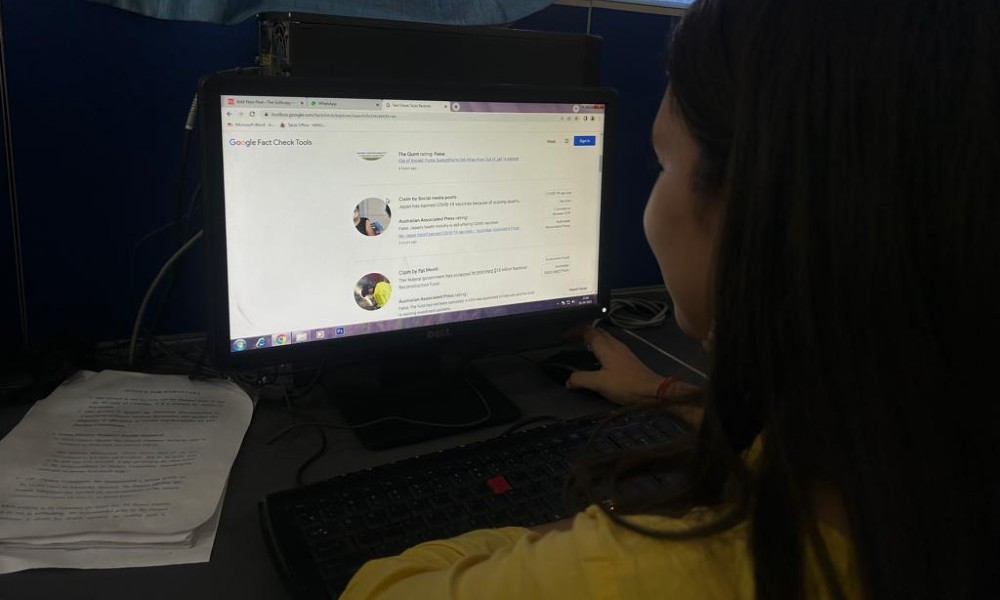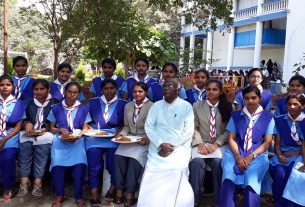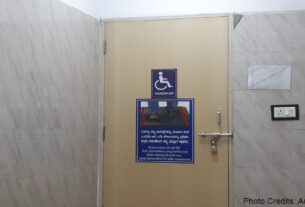International Fact-Checking Day is observed on 2 April every year.
Reliance CEO Mukesh Ambani will give free recharge to all the JIO users to celebrate his son’s wedding in July. This is the statement written in a WhatsApp forwarded message.
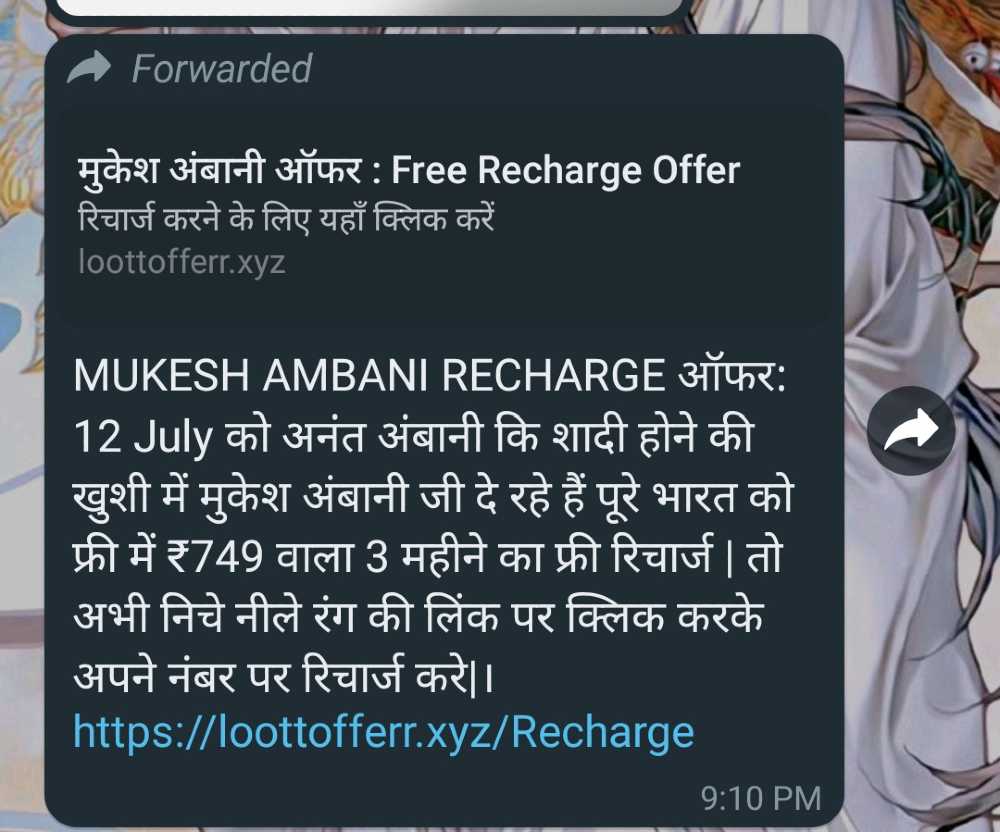
There are multiple variations of this single message. One text claims to “give away Rs. 299 recharge”, while other text claimed it is “Rs. 500 recharge for 2 months.” Some claims that it is for his son Anant Ambani’s wedding, while one claimed that it is for his own birthday.
None of it is a true claim but an example of how fake news looks like. A search through Google Fact Checker debunked the claim as false.
According to Kaspersky antivirus, fake news masquerades itself as real news to create confusion and misunderstanding. It includes clickbait, misleading information or headlines, satire or parody and more.
Misinformation may not just lead to a loss of money but can also take a harmful turn when it comes to information about healthcare. In 2019, a woman named Laurel Austin, resident of Kansas, fed two of her adult sons, Jeremy and Joshua chlorine dioxide, an industrial bleach, because she saw this as an alleged “method to cure autism” on her Face book feed. However, it is unclear whether there has been any harm caused to the sons by the bleach as the blood tests came without any abnormalities.
According to NBC news, she tried other cures she found online as well, which included treatments done for heavy metal poisoning, hormone therapies and some remedies like algae.
What is Fact Checking?
Fact checking is defined as investigating the information to find out if it is factual or not. Fact checking involves a few steps to check if the claim from the source is true or not. Fact checking is essential to counter misinformation and disinformation present on internet.
An example of misinformation was this image shared on twitter about a mega rally organised by Aam Aadmi Party (AAP) on March 31, 2024 in Ramlila Maidan grounds in Delhi, where a bird’s-eye view of a large crowd was shared.
After putting the image in Google reverse image search through Google Lens, the search showed that the image dates back to 2019, where a stock images website named Alamy posted the image from Kolkata, captioned as ‘Left activist from different parts of state take part in the Left front Brigade rally, ahead of General Election 2019.’ The picture shared by this user turned out to be old.
A survey, “Navigating the Truth: Unveiling the Impact of Misinformation on India’s First-Time Voters” done by a digital media rights organisation, Social and Media Matters in January 2024 showed that 65.2 percent of their respondents, who are first time voters in the Lok Sabha Elections to be held this year, said that they have encountered fake news through popular social media platforms like Whats App, Instagram and Face book. The survey was conducted across the country, with 636 respondents.
How do you fact check information?
There are a few things to consider when verifying the information given. Checking if the source is credible, if other credible sources have also given the same information, and checking the information using fact-checkers are some of the steps to fact-check. To check images, Google reverse image search takes one to the source of the image, through which it can be checked if the source is verified and the image is correct or misused. Videos can be fact checked using fact checking extensions like InVID.
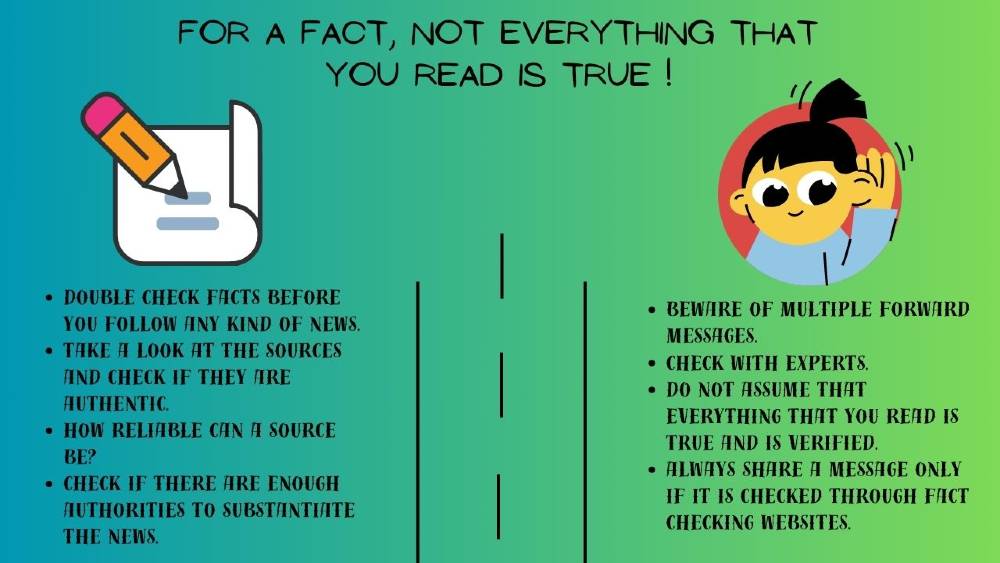
Google Fact checker uses keywords related to an issue or an individual to find out news and claims about it, and the search results also lead to fact checking websites which have debunked the claims.
A Google Fact Checker search on “Mukesh Ambani recharge” revealed that the recharge claim was false. Fact checking portals have rated the claim as “False”.
Contributed by: Ishika Sharma, K. Nitika Shivani, Ashna Mariam George

